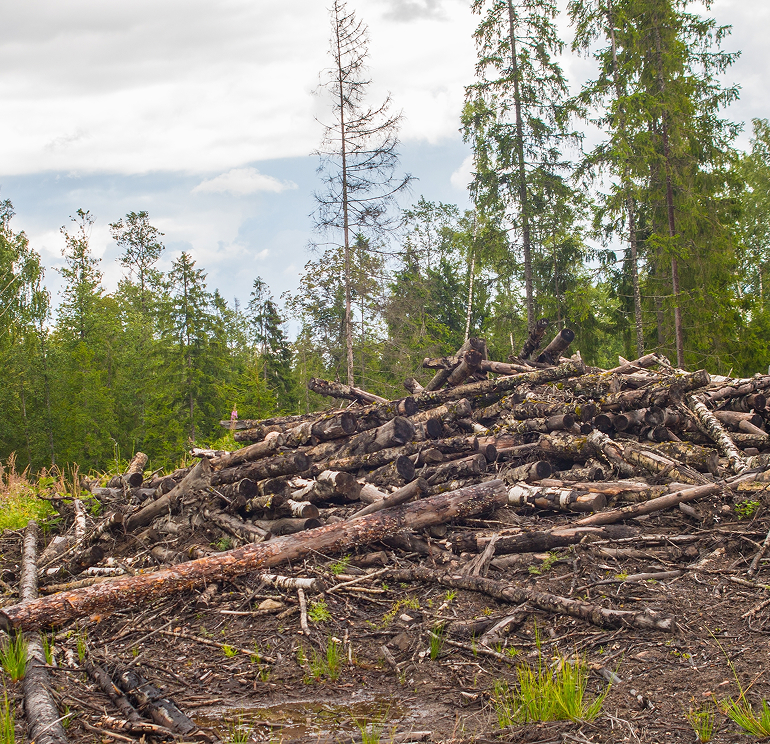
Advancing Bioresources for a Carbon-Neutral 2050
Arizona’s diverse bio-based resources—including forest residues, dairy manure, landfill gas and wastewater sludge—can serve as feedstocks for low-carbon fuels and carbon-based materials. Project developers can use anaerobic digestion, gasification and pyrolysis to convert these resources into renewable natural gas, biochar, methanol and other liquid hydrocarbons. Some technologies capture methane that would otherwise escape into the atmosphere, enabling its use as pipeline-compatible fuels.
Beyond fuels, these resources may enable future production of higher-value carbon products—such as activated carbon, soil amendments and platform chemicals—that could support a more diversified and circular bioeconomy.
AzCaNE convenes cross-sector partners and maps statewide bio-based resources to inform and guide exploration of these opportunities. While challenges remain in economics and logistics, thoughtful deployment can support rural economies, reduce wildfire risk and cut greenhouse gas emissions.

Pathways in Progress
Evaluating Bio-based Opportunities
AzCaNE is partnering with Energy Vision to assess Arizona’s potential to produce renewable natural gas from locally available organic resources, including livestock waste, landfill gas, wastewater, food waste and woody biomass. The study aggregates data on feedstock availability and uses established modeling tools to estimate potential gas production volumes, environmental benefits and economic impacts.
Analyzing Environmental and Economic Value
The analysis explores methane mitigation opportunities, carbon intensity metrics, wildfire risk reduction from woody biomass and community benefits such as job creation and local investment. It also examines Arizona’s policy and regulatory landscape, highlighting opportunities and barriers to renewable natural gas deployment.
Informing Pathways Forward
By identifying key use cases—such as transportation, industrial processes and power generation—and estimating potential price ranges, the study will inform future decision-making.